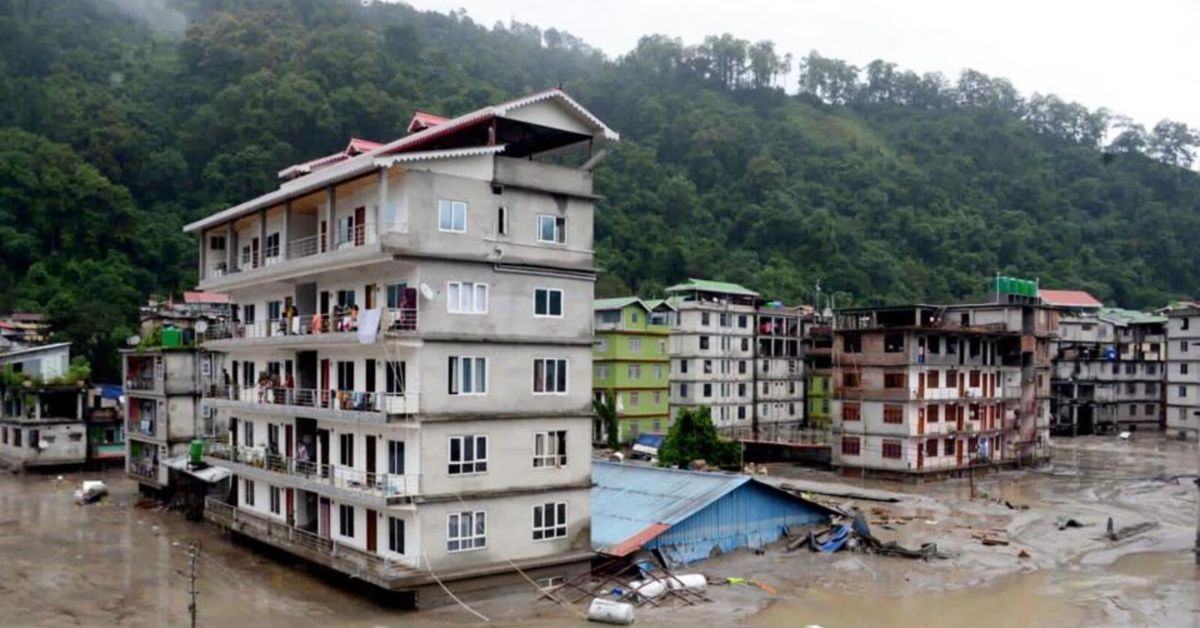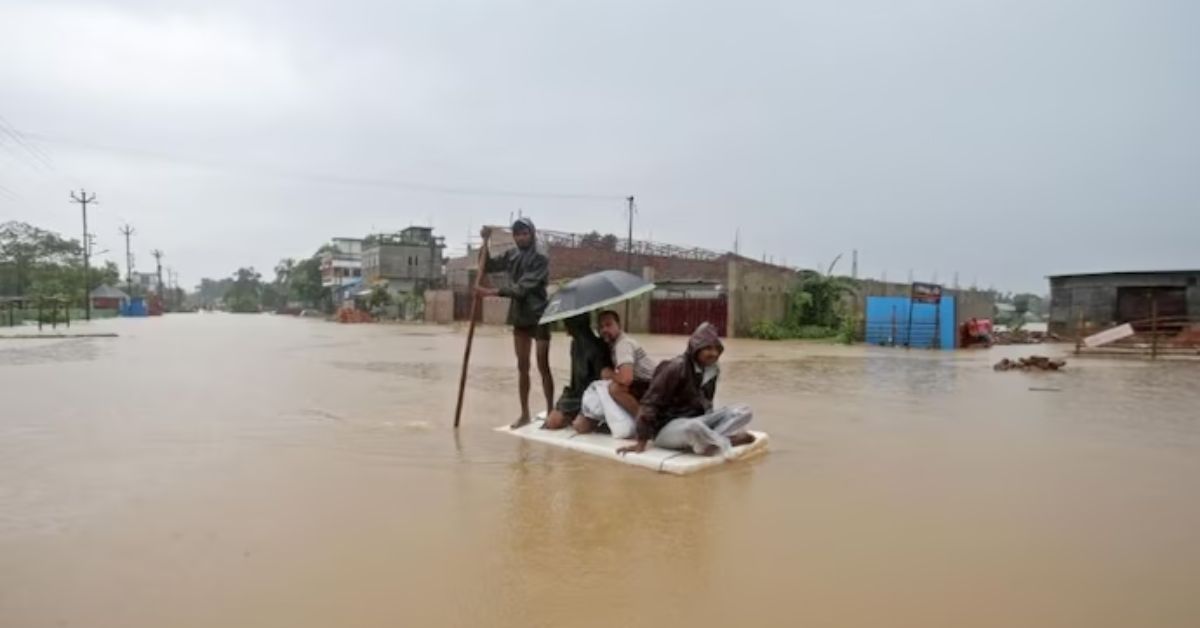Ignored Warnings Result in Sikkim's Flash Flood Crisis
Government agencies and scientific expeditions had been sounding the alarm for over a decade about the vulnerability of Lhonak Lake in North Sikkim to a glacial lake outburst flood (GLOF). Tragically, their warnings went unheeded, and on Wednesday, flash floods originating from the lake surged through the Teesta River, wreaking havoc downstream. This catastrophe resulted in the destruction of the 1,200 MW Teesta Urja dam, claimed at least 11 lives, and leftover 120 people missing.
![]() Decade-Long Warnings
Decade-Long Warnings
A report compiled by the Sikkim State Disaster Management Authority (SSDMA) in 2019 underscored the precarious situation. In 2013, scientists from the National Remote Sensing Centre in Hyderabad had already labeled Lhonak Lake, situated at an altitude of 5,245 meters above sea level, as "highly vulnerable" to a GLOF event capable of causing extensive damage downstream. The report specifically mentioned the risk of "flash floods," with critical infrastructure like dams and powerhouses at risk. Townships such as Chungthang, Dikchu, Singtam, and Rangpo were identified as vulnerable areas with the potential for loss of life and property.
![]() Expeditions and Mitigation Efforts
Expeditions and Mitigation Efforts
In the years that followed, various field expeditions delved into the problem. The first expedition in August 2014, led by a team from the Snow and Avalanche Study Establishment (SASE) and Sikkim Department of Science and Technology, reiterated the threat of "devastation" and called for a mitigation management plan. It suggested "siphoning" as a short-term measure using inverted pipes to manage water flow. A second expedition in September 2016, conducted by a team from the Sikkim State Disaster Management Authority, the Indo-Tibetan Police Force, and other stakeholders, found that engineering intervention was not feasible due to the risk of melting dead ice. The siphoning process was initiated in 2016, led by Sonam Wangchuk, involving the installation of high-density polyethylene (HDPE) pipes and a lake water monitoring system.
![]() Glacier Retreat and Growing Lakes
Glacier Retreat and Growing Lakes
As a result of climate change and glacier retreat, the glacier's size has reduced over the years. In 2019, the glacier measured 12.5 square kilometers, down from 6.4 square kilometers 29 years earlier. Correspondingly, the Lhonak Lake had been expanding significantly, posing an escalating threat.
Triggering the Flash Flood
While it is still too early to determine the exact causes behind the flash floods due to dense cloud cover obscuring satellite images, experts speculate that an avalanche, triggered by heavy rains, may have struck the lake. This impact likely set off a GLOF, causing a massive release of water and debris that flowed down the Goma Channel. The Goma channel joins the Zemu River, which further downstream connects with the Lachen, a tributary of the Teesta. The rush of water and debris ultimately struck the Teesta 3 dam near Chungthang, resulting in a significant portion of the dam and the powerhouse bridge being washed away, triggering a flash flood downstream.
Also Read: A series of Earthquakes shake Nepal
OTT India updates you with the latest news, The Country’s no.1 digital news platform OTT India. Keeps you updated with national, and international news from all around the world. For more such updates, download the OTT India app on your Android and IOS device
.








